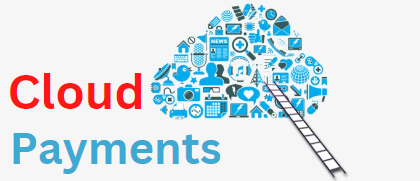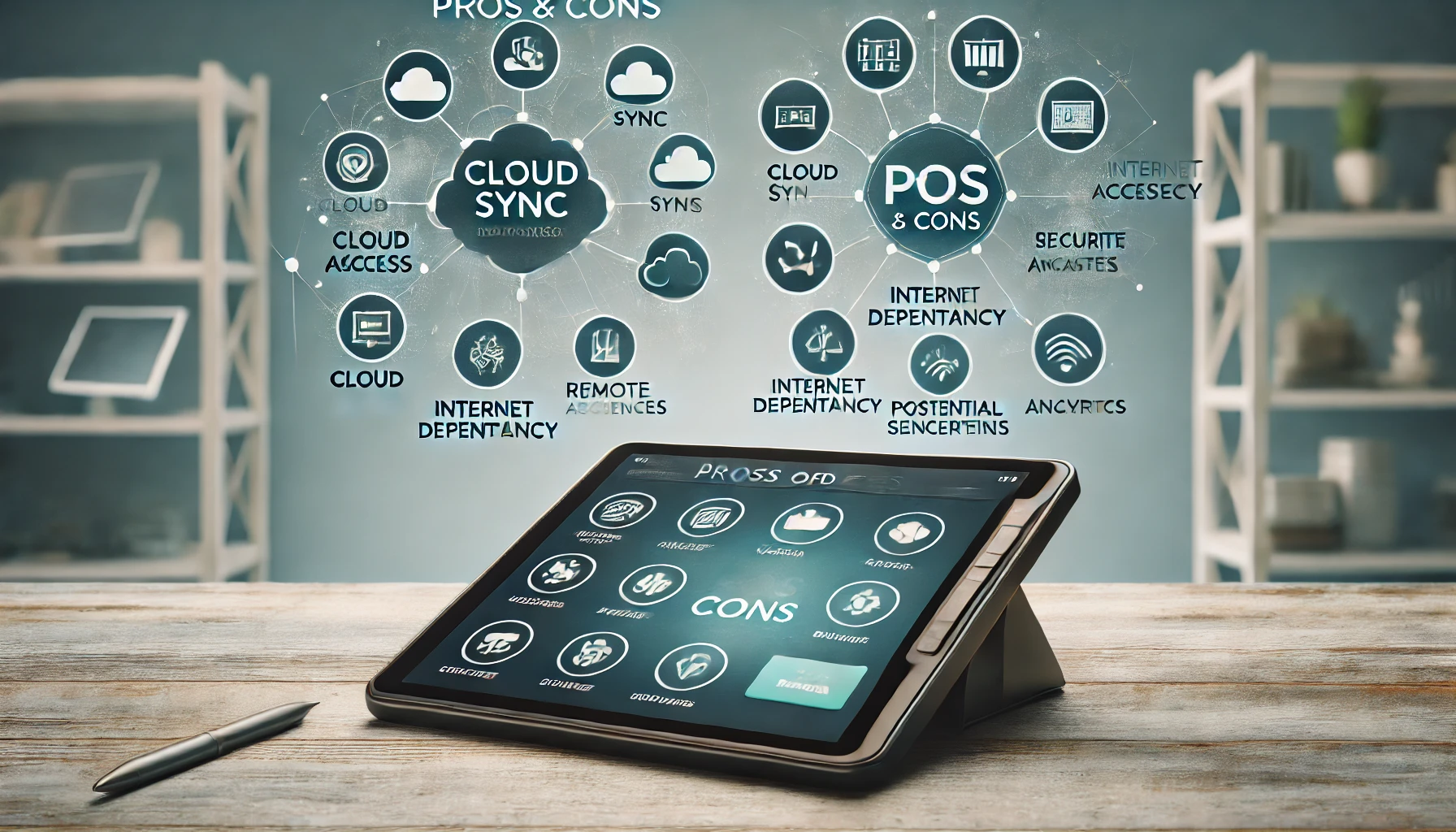Introduction to Software-as-a-Service (SaaS)
Software-as-a-Service, or SaaS, is a way of delivering software applications over the internet and is becoming increasingly popular for businesses and organizations of all sizes. The SaaS model offers numerous benefits, ranging from cost savings to easy application deployment, that make it a valuable solution for today’s tech-savvy businesses. In this blog post, we’ll take a closer look at SaaS and how it works, delve into the differences between Platform-as-a-Service (PaaS) and Infrastructure-as-a- Service (IaaS), highlight some popular SaaS examples, and explain how Red Hat can help you create your own SaaS offering. Finally, we’ll take a look at what cloud management and managed IT services are, which are integral to successful SaaS solutions.
What is SaaS?
SaaS is an acronym for Software-as-a-Service, an on-demand software delivery model in which software applications are hosted by a third-party provider, or service provider, and made available to paying users over an internet connection. It is sometimes referred to as “on-demand software” or “web-based software.” In the SaaS model, users pay for access to a software application, typically on a subscription basis rather than a one-time purchase. The service provider is responsible for managing the software, as well as the underlying hardware and software systems.
How Does SaaS Work?
In the SaaS model, the application provider hosts and manages the software application and delivers it to customers over the internet. Customers access the software over the internet via a web browser, without the need to install or download the application on their local computers or networks. All the computing is done remotely, allowing for scalability and flexibility for customers.
SaaS providers are responsible for keeping the application up-to-date and patched, as well as ensuring its availability on the internet. In the event of an outage or other incident, the provider is typically responsible for resolving the issue, providing updates to users, and relaunching the application.
The SaaS Model
The core SaaS model includes several key elements that make it different from other software models. It includes:
- Subscription-based payment plans: Customers sign up for a subscription instead of buying a license. This allows them to pay for only what they use, providing cost savings and flexibility.
- Platform-independent: Customers access the software over the internet, regardless of their operating system or hardware setup.
- Scalable services: Customers can scale their services up or down as needed, allowing them to pay for the services they actually need and use.
- Remote hosting: The software is hosted on a remote server, providing a reliable platform for users and eliminating the need for in-house hardware and software investments.
PaaS vs IaaS vs SaaS
Platform-as-a-Service (PaaS) and Infrastructure-as-a-Service (IaaS) are two other cloud computing models, but there are distinct differences between them and SaaS. PaaS provides customers with the tools and resources to build and deploy their own applications, while IaaS offers customers access to servers, storage, and networking capabilities.
The primary benefit of PaaS and IaaS is that they can be used to build and host applications that may be too complex or difficult to deploy using SaaS. However, they require much more time, effort, and expertise to setup and maintain, and the cost of using them is typically much higher than using the SaaS model.
Examples of SaaS Vendors
There are a wide variety of SaaS vendors offering applications and services, ranging from productivity suites to email and collaboration tools. Some of the most popular SaaS vendors include Microsoft Office 365, Google G Suite, Zendesk, Salesforce, Dropbox, Slack, and Zoom.
Build Your SaaS with Red Hat
Red Hat provides a complete SaaS platform to help customers build, deploy, and run their own software-as-a-service solutions. Red Hat’s SaaS platform includes a web-based application platform, container platform, and analytics platform, along with cloud infrastructure and managed IT services to ensure reliable performance.
Red Hat tools and services provide customers with full control over their SaaS solutions, from implementation to updates and maintenance. They also offer access to industry-leading monitoring, support, and security tools to ensure customers have everything they need to successfully build and manage their own SaaS solutions.
What is Cloud Management?
Cloud management is the process of implementing, monitoring, and managing cloud-based services, applications, and solutions. It includes activities such as capacity planning, automation, and resource monitoring and includes both technical and business processes.
What are Managed IT Services?
Managed IT services are IT services that are hosted and managed by a third-party provider, rather than an in-house IT team or managed in-house. Managed IT services offer flexibility and scalability, as well as cost savings, and can be a great solution for companies and organizations of all sizes.
More about Cloud Computing
SaaS is just one of the many cloud computing models available. Others include Platform-as-a-Service (PaaS), Infrastructure-as-a-Service (IaaS), Backup-as-a-Service (BaaS), and Database-as-a-Service (DaaS). Each of these models offers their own unique benefits, depending on the requirements of the businesses or organizations in question.
Conclusion
Software-as-a-Service, or SaaS, offers businesses and organizations numerous benefits, ranging from cost savings to easy application deployment. In this blog post, we’ve taken a closer look at SaaS and how it works, highlighted the differences between PaaS and IaaS, and examined some popular SaaS examples. We’ve also discussed how Red Hat can be used to create your own SaaS solutions, and we’ve discussed cloud management and managed IT services and their role in successful SaaS solutions.











